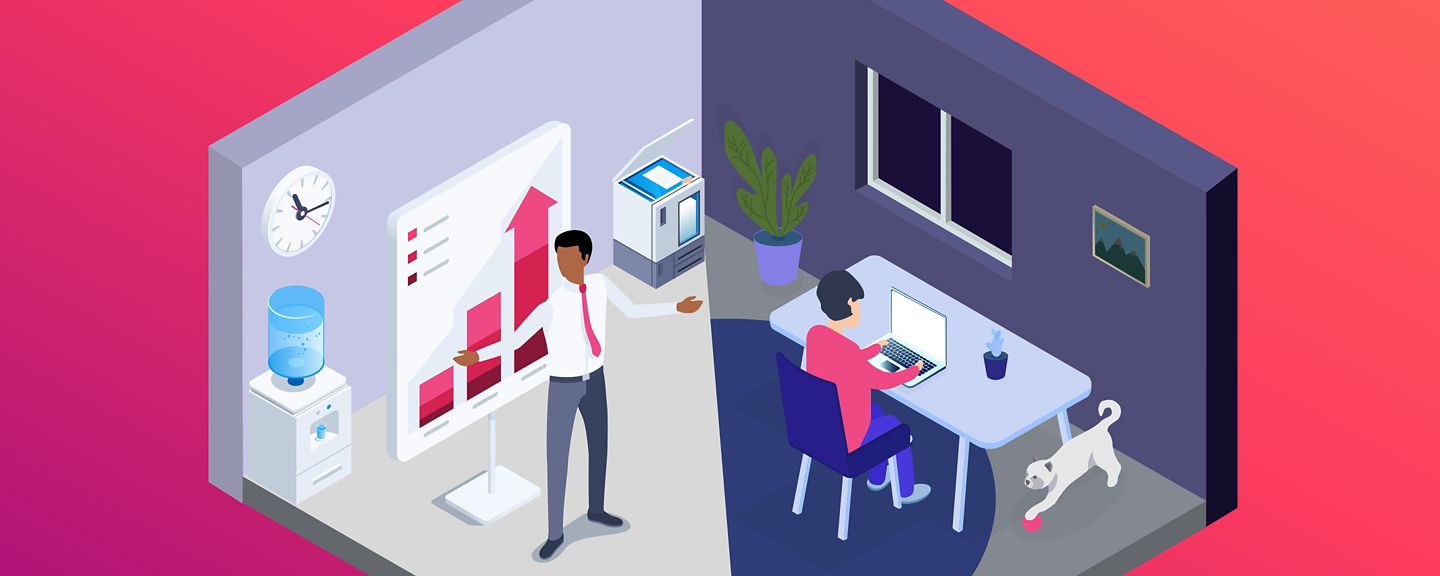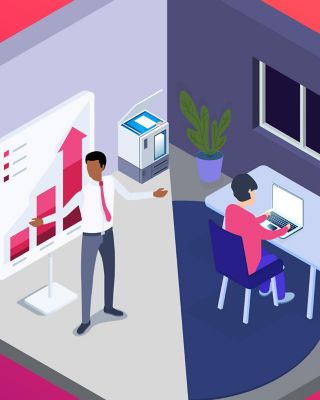

What is The Great Refactoring?
(Spoiler alert: You already know.)
Before we dive into what’s been happening in the past few years and the toll it’s taken on all of our organizations, let’s review a little history. Let’s talk about a few disruptive and damaging economic eras that affected all businesses, all commerce, all over.
The Great Depression is the most obvious. The crash of the stock market plus the onset of WWII triggered some of the darkest times in not just history but also in business and finance. Many, many lessons were learned and new policies were put in place. Eventually the world’s economy righted itself.
More recently, in 2007, we suffered through the Great Recession. This era was triggered by the collapse of the housing market and sent horrible shockwaves through the economy until 2009. Again, new regulations, bailouts and policies were put into place to pull us through.
So how does this all relate to The Great Refactoring?
Simple. Right now, another worldwide trigger-that-shall-not-be-named has greatly affected businesses across the globe. No matter the industry, size or success of a company, organizations are reeling from the impact of the past two years. But unlike previously named eras, this era is named not for what is happening in the economy. It’s named for how businesses are responding to these times. It’s a more hopeful, empowering way to regard this new wave. It’s something we should want to be doing anyway.
Refactoring, if you’ve never heard the term before, was initially a coding term. “Refactoring consists of improving the internal structure of an existing program’s source code, while preserving its external behavior.”1 In other words, it’s the act of altering a program from the inside out – without taking the software completely down.
Similarly, The Great Refactoring is what all businesses have been forced to do during these COVID times. We’ve all been compelled to rebuild our organizations in many ways, from the inside out. Executives have had to scramble to make their operations more remote-friendly, more secure on the cloud and responsive to future unknowns.
But there’s another driver at play in The Great Refactoring. R “Ray” Wang, a technology researcher, analyst and futurist says, “People are changing their entire business objectives we’re figuring out how to balance while still being profitable.”
This means that refactoring isn’t just something that can help improve the lives of your employees or partners. Done right, it can help improve the planet and society. And one thing determines how much or how little each organization refactors: margins.
“There’s a quote that goes: no margin, no mission,” says Wang. “The question organizations face today is how much margin are you willing to give up as you’re pursuing your mission? And what is that mission?
And that is The Great Refactoring.
“I think industrial companies need to think about their place on Earth. Their role in society. What contributions are organizations going to be giving to society? It used to be products and services and jobs. Now they can contribute in a different way. They can help make things better. There’s tech for good, but what are industries and businesses doing for good? Organizations need to think about how they can better take stewardship and leadership in those spaces.”
------------
1 https://www.agilealliance.org/glossary/refactoring/

